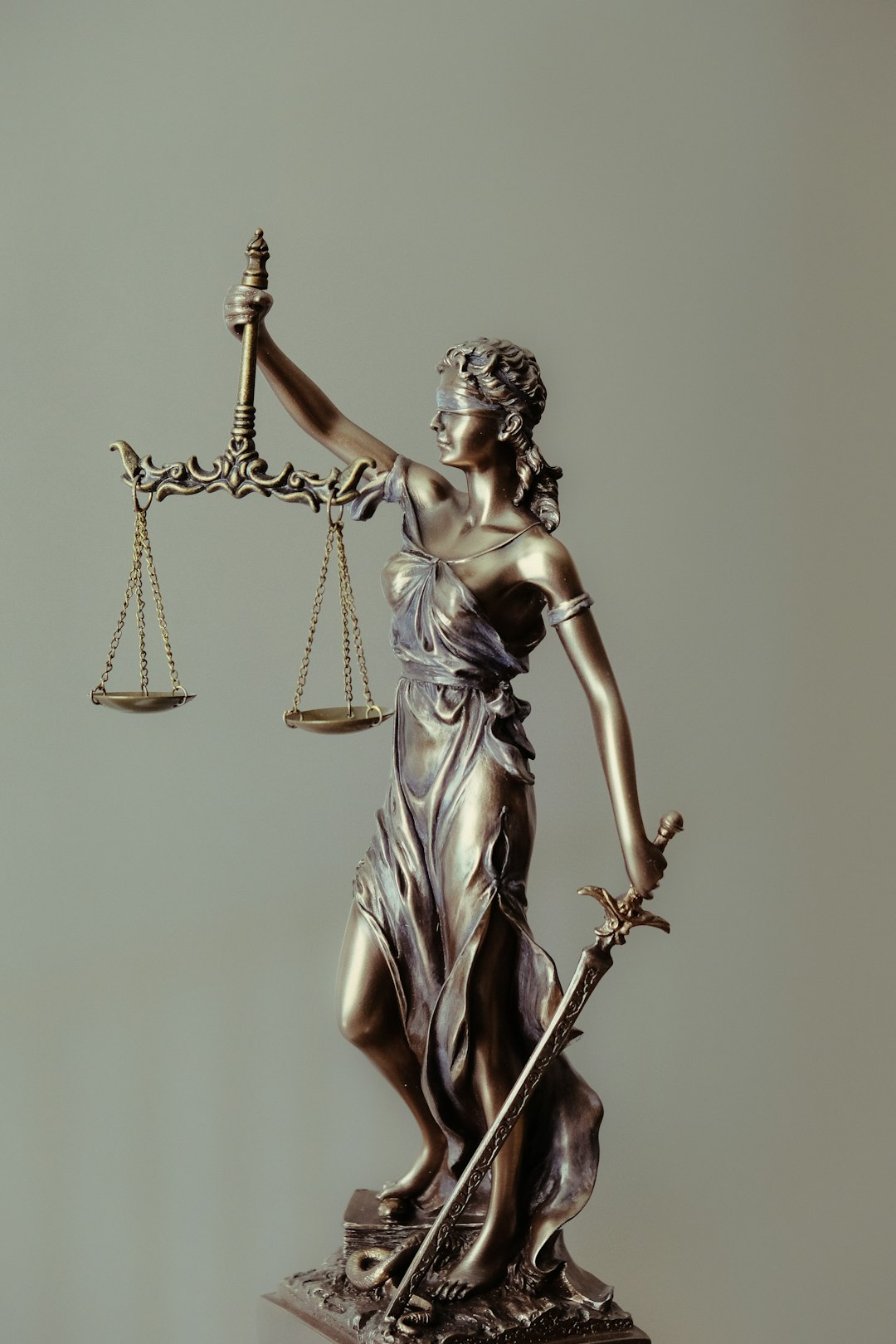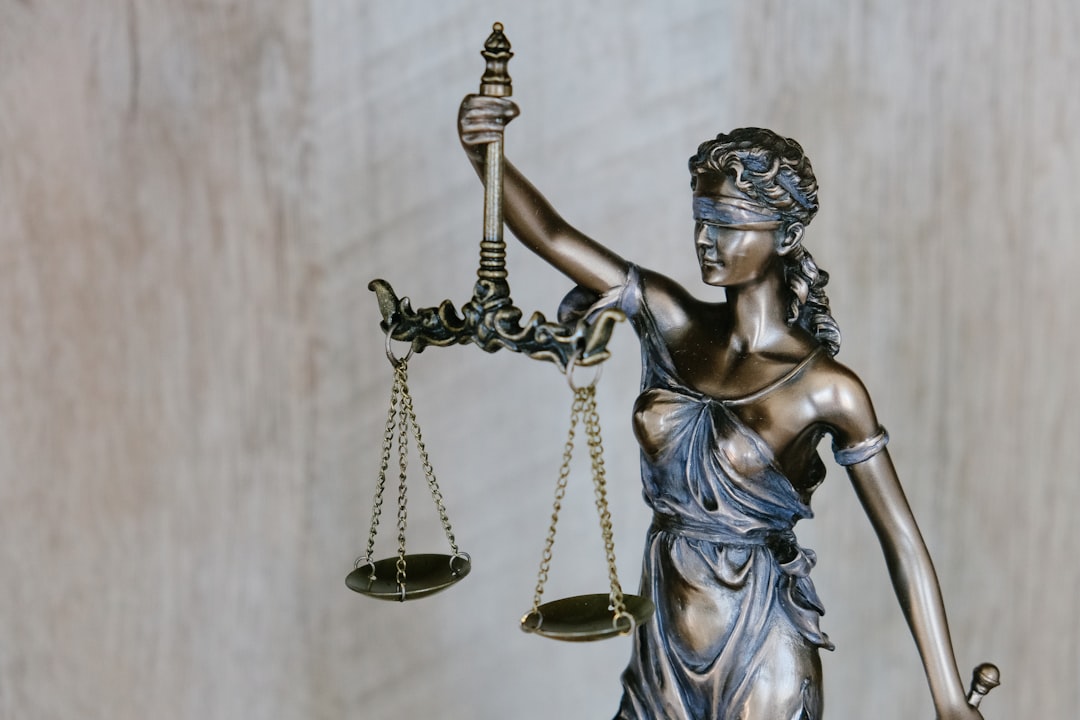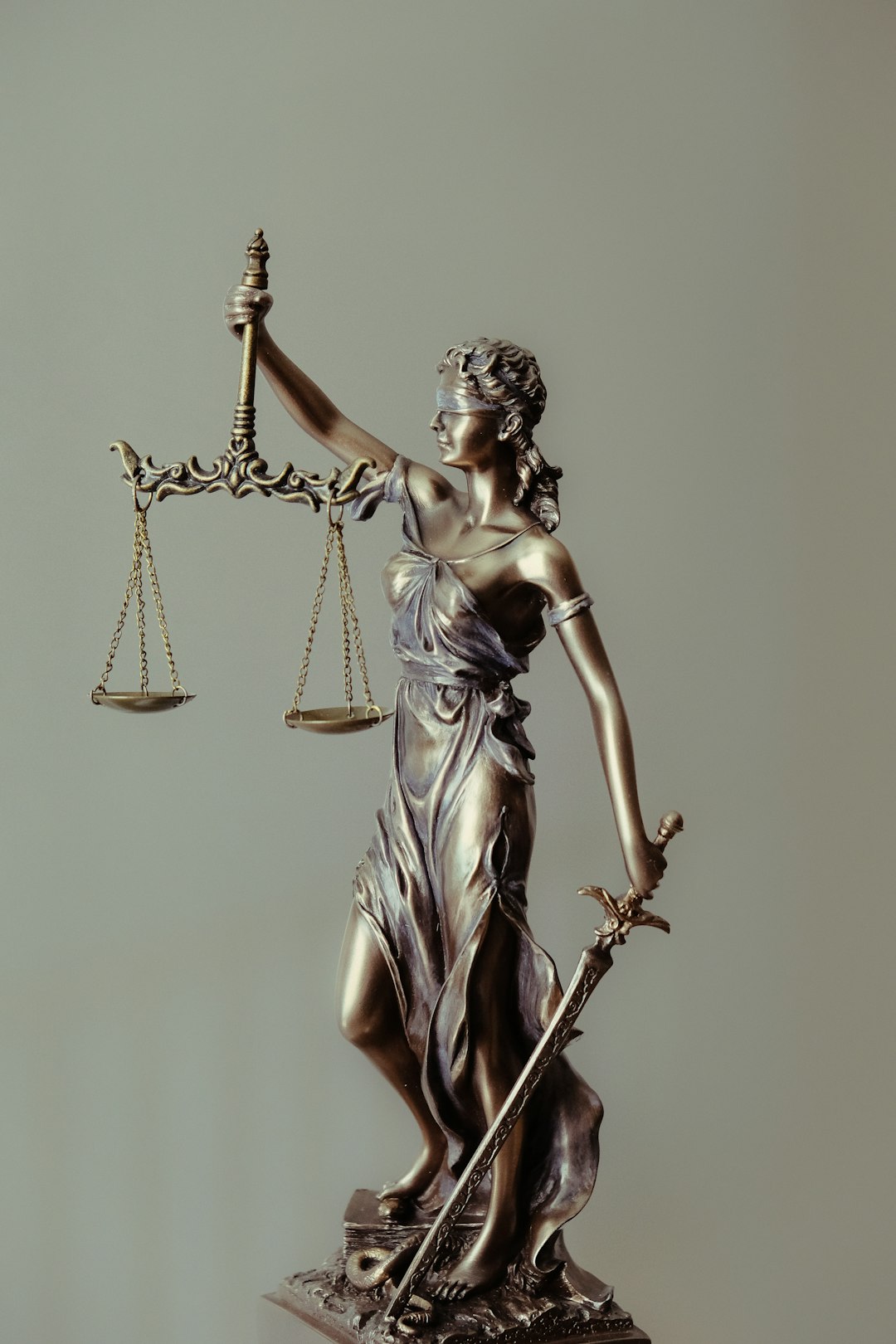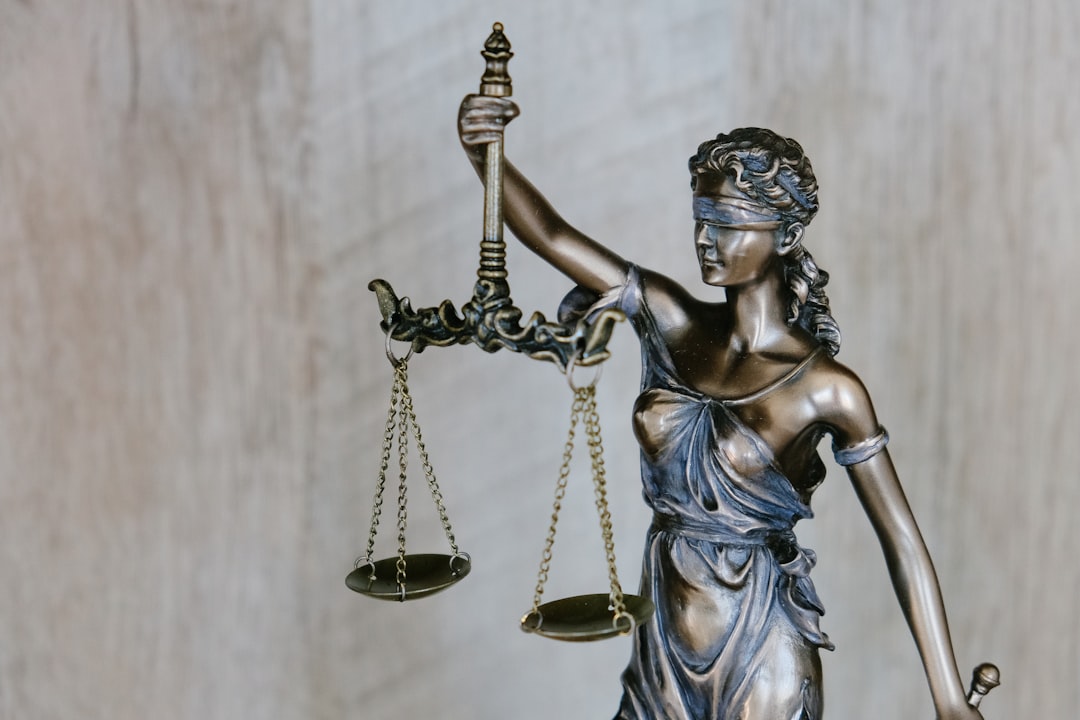Rape lawyers in Rochester NY play a vital role in evolving sexual assault laws, expanding definitions beyond stranger rapes to include intimate partner assaults. Key legal cases strengthened consent requirements and increased penalties for non-stranger rape. These attorneys navigate complex systems, advocate for survivors, and ensure effective prosecution, contributing to Rochester's robust protections against sexual violence.
Explore the complex history of rape laws in Rochester, New York, dating back to the 19th century. This article delves into the evolution of sexual assault legislation, highlights pivotal cases that reshaped legal definitions and penalties, and examines the critical role played by dedicated rape lawyers in the region’s legal system. Discover how these factors have contributed to shaping the current landscape for justice and support for victims in Rochester NY.
Evolution of Sexual Assault Laws in Rochester

In the historical context of Rochester, New York, the evolution of sexual assault laws mirrors broader societal shifts in perceptions and responses to violence against women. Historically, legal definitions of rape were narrow, often focusing on forcible penetration by a stranger. This changed gradually as awareness grew about the prevalence of sexual assault within intimate relationships. Key milestones include expanded definitions of consent, stricter penalties for non-stranger rapes, and the recognition of emotional and psychological trauma suffered by victims.
Today, Rochester’s legal landscape is shaped by robust protections for survivors, thanks in part to the efforts of rape lawyers in the city. These attorneys play a vital role in navigating complex legal systems, advocating for just outcomes, and ensuring that sexual assault cases are prosecuted effectively. They work closely with law enforcement, medical professionals, and support organizations to provide comprehensive assistance to victims, contributing significantly to the ongoing fight against sexual violence.
Key Cases and Their Impact on Rape Legislation

The history of rape laws in Rochester, NY, is marked by pivotal cases that have shaped legal definitions and consequences. One notable example is People v. Jones (1975), where the New York State Court of Appeals defined rape as sexual penetration achieved through force or coercion. This case significantly strengthened the legal protection for victims and established a clear standard for prosecuting rapists, leading to increased convictions.
Another influential case was State v. Brown (1984), which addressed the issue of consent and clarified that lack of resistance or words of objection are not necessary for a sexual act to be considered non-consensual. This ruling empowered rape victims and ensured that the burden of proof shifted to the accused, making it easier for rape lawyers in Rochester NY to pursue justice on behalf of their clients. These landmark decisions contributed to the ongoing evolution of rape legislation, aiming to provide more comprehensive protection and support for survivors.
The Role of Rape Lawyers in NY's Legal System

In New York State, including the city of Rochester, rape lawyers play a pivotal role in the legal system, advocating for justice and protection for victims of sexual assault. These specialized attorneys are equipped to handle complex cases involving rape, from providing crucial legal counsel to guiding victims through the intricate court processes. Their expertise extends to understanding the unique challenges faced by survivors, ensuring their rights are upheld throughout every stage of legal proceedings.
Rape lawyers in Rochester NY are well-versed in state laws and local regulations pertaining to sexual assault cases. They offer a range of services, including criminal defense, civil litigation against offenders or institutions, and support for victims seeking compensation or closure. Their presence is essential in navigating the often emotionally traumatic journey of justice, providing a safety net for victims while pursuing accountability for perpetrators.






